Follow this complete guide to Building a Successful E-Commerce Website in 2025. Learn essential steps like product selection, competition research, setting up your store, and marketing strategies.
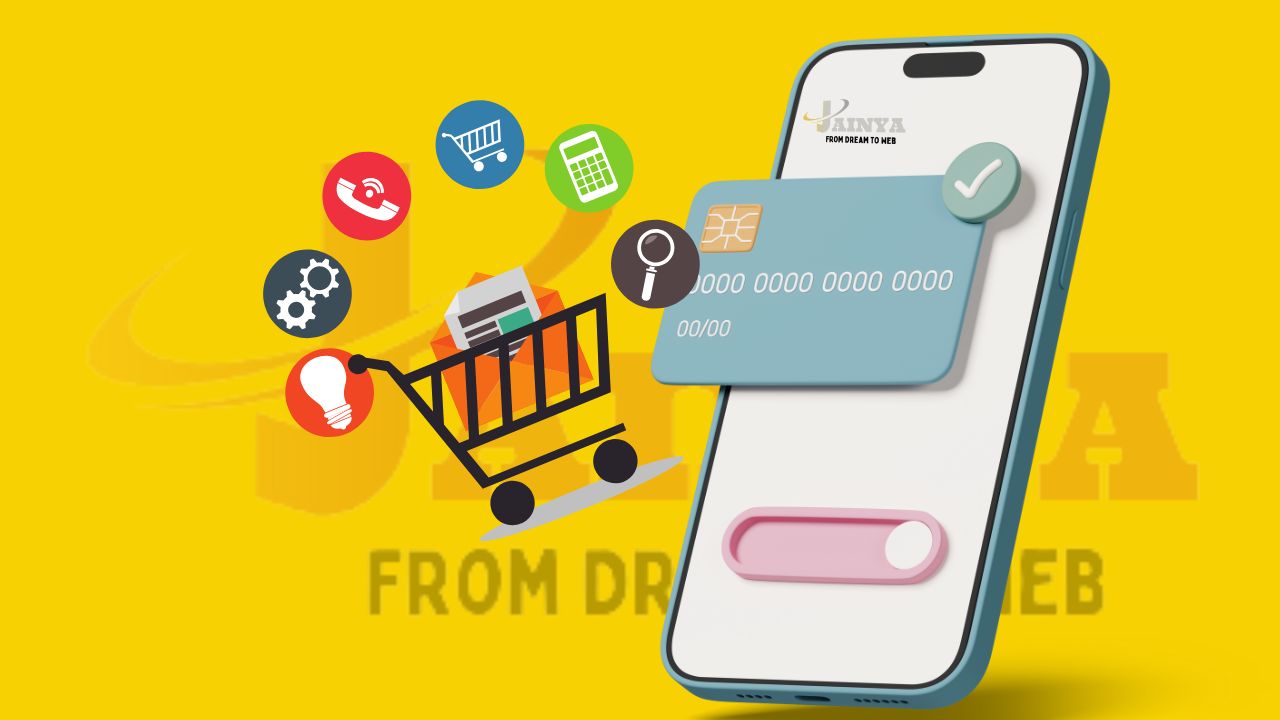
An e-commerce business is a company that sells products or services online, providing a seamless shopping experience through digital platforms. Customers can browse through a virtual storefront, add products to a shopping cart, and securely complete their purchase through payment gateways.
Ecommerce businesses come in many forms, ranging from small niche stores to massive online marketplaces, offering products and services to a global audience through various platforms.
Essential 5 Steps to Build an E-Commerce Website in 2025
Starting an ecommerce business is a great way to tap into a growing market with relatively low overhead costs. Whether you’re looking to start a side hustle or build a global brand, here’s how you can begin:
- Find Product Opportunities and Choose What to Sell
Finding the right product to sell is the first challenge. Research what’s trending, what customers want, and where there’s a gap in the market. Once you’ve found a product, it’s time to evaluate whether it has long-term potential and if customers are willing to purchase it. - Research Your Competition and Write a Business Plan
Competition is fierce, so understanding your competitors is key to setting yourself apart. Research their strategies and think about how your ecommerce store can offer something unique. Creating a business plan will help clarify your objectives, customer base, and marketing strategy, ensuring your efforts are aligned with your goals. - Choose a Business Name and Set Up Your Online Store
Picking a business name and designing your logo is essential to branding. Ensure your store’s name reflects your business values and product offerings. Once you have the name, register your domain and begin setting up your online store. Use ecommerce platforms like Shopify or WooCommerce to build your site easily. - Choose a Shipping Strategy and Set Marketing Goals
Deciding on a shipping strategy is important. You can offer free shipping, flat-rate shipping, or international shipping depending on your product and market. Additionally, setting clear marketing goals will help you focus on driving traffic to your store and converting visitors into customers. - Launch Your Business
The most exciting step: launching your store! Once your store is live, focus on marketing to reach your target audience. Use social media, paid ads, and SEO to drive traffic to your site, and keep track of your progress by analyzing key metrics to improve your store’s performance.
Step 1: Product Selection and Research
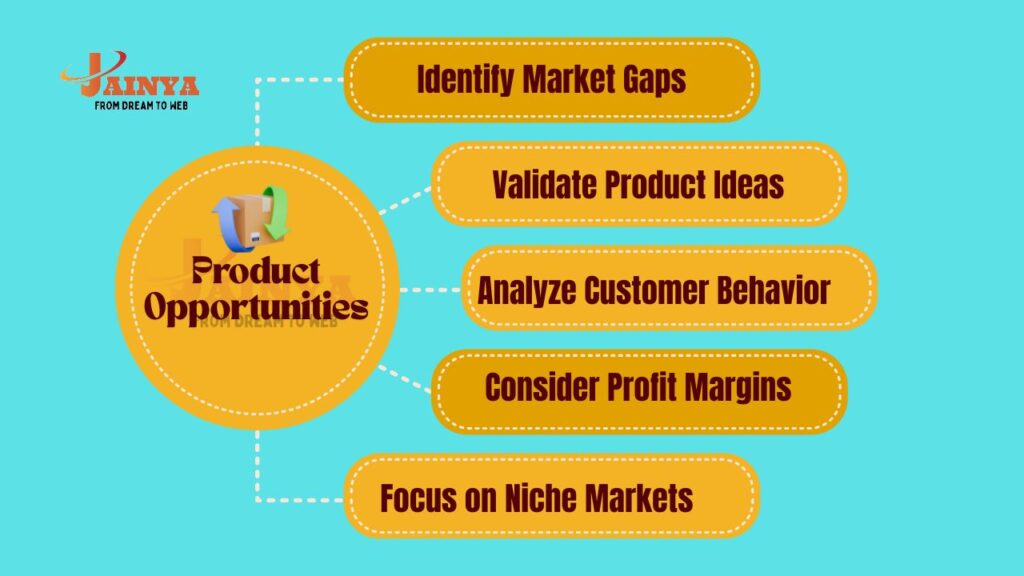
The first step in starting an ecommerce business is selecting what to sell. Product choice is critical, as the right product can help you stand out in a crowded marketplace. Research trends, examine customer pain points, and find ways to offer value through your products.
Product Validation
Validate your product idea by testing its potential in the market. Use surveys, focus groups, and even a minimal viable product (MVP) to test customer interest before fully launching.
How to Source Products
Once you’ve validated your product idea, you need to figure out how to source it. Whether you’re making products yourself or finding a manufacturer, there are various methods available, including dropshipping, wholesale, or print-on-demand options.
Shifting an Offline Business Online
If you already have a brick-and-mortar store, it’s easy to expand online. Many businesses successfully take their in-person operations to the web, benefiting from increased reach and customer accessibility.
Step 2: Research Your Competition and Write a Business Plan
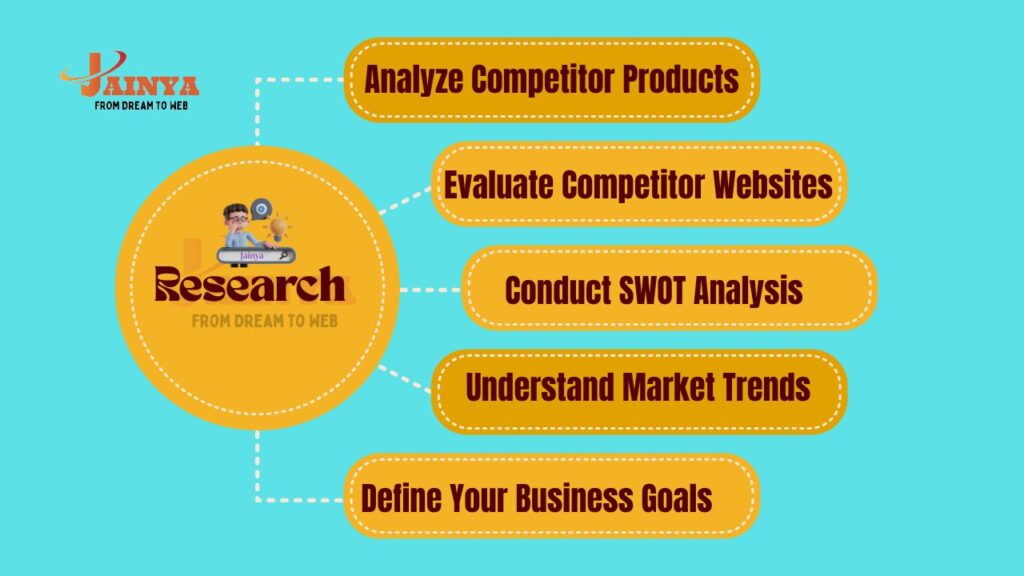
In any business, competition exists. Researching competitors will give you insights into what works and what doesn’t. Look at their pricing strategies, website design, marketing efforts, and customer feedback. This will help you carve out a niche and understand how to deliver better value to your customers.
Business Plan Essentials
A solid business plan is your roadmap. It outlines your business goals, marketing plan, and how you intend to reach your target audience. It can also help with securing funding or partnerships.
Step 3: Choose a Business Name and Set Up Your Online Store
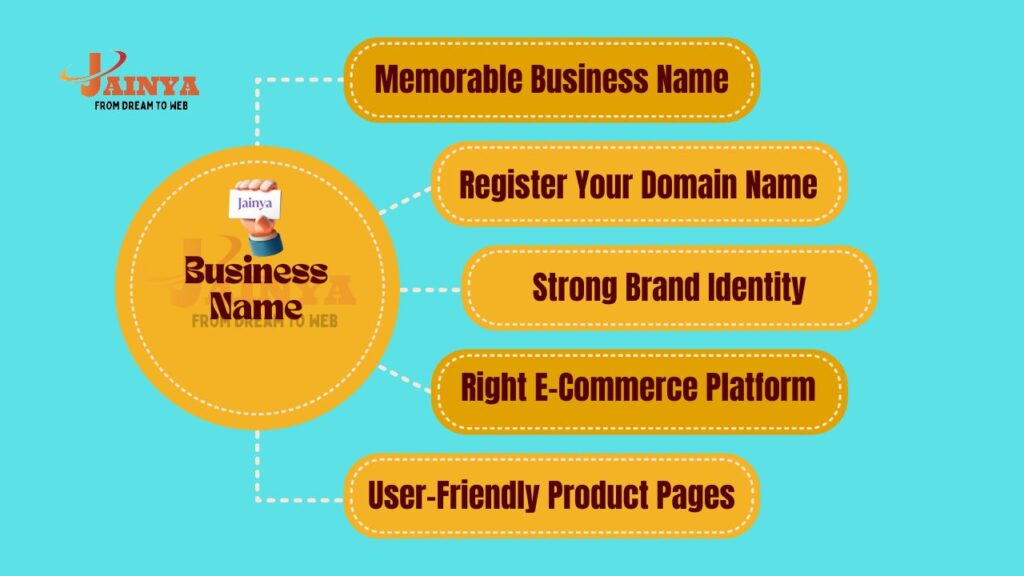
Your business name should be easy to remember and resonate with your target audience. Once you’ve selected a name, register a domain, and set up an ecommerce website. There are plenty of platforms available like Shopify or WordPress with WooCommerce that make it easy to design and maintain a professional online store.
Building Your Brand
A well-designed logo, consistent color palette, and clear messaging help to build brand recognition. It’s essential that your branding reflects the values and vision of your ecommerce business.
Step 4: Design, Payment, and Shipping Optimization
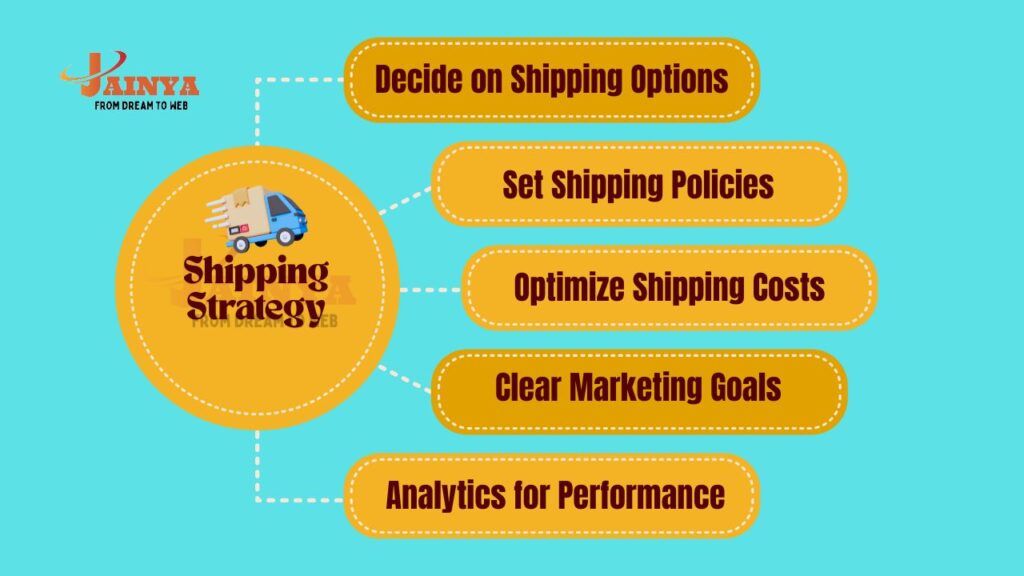
Deciding on a shipping strategy can greatly affect your business’s appeal. Free shipping can attract more customers, while offering flat rates can provide transparency. Regardless of the strategy, customers appreciate clear communication on shipping times and costs.
Marketing Goals
Your marketing goals should align with your target audience’s needs. Set objectives, such as growing social media followers or driving traffic to your store, and use analytics to monitor progress. By understanding what drives sales, you can adjust and improve your marketing strategy.
Step 5: Launch Your Business
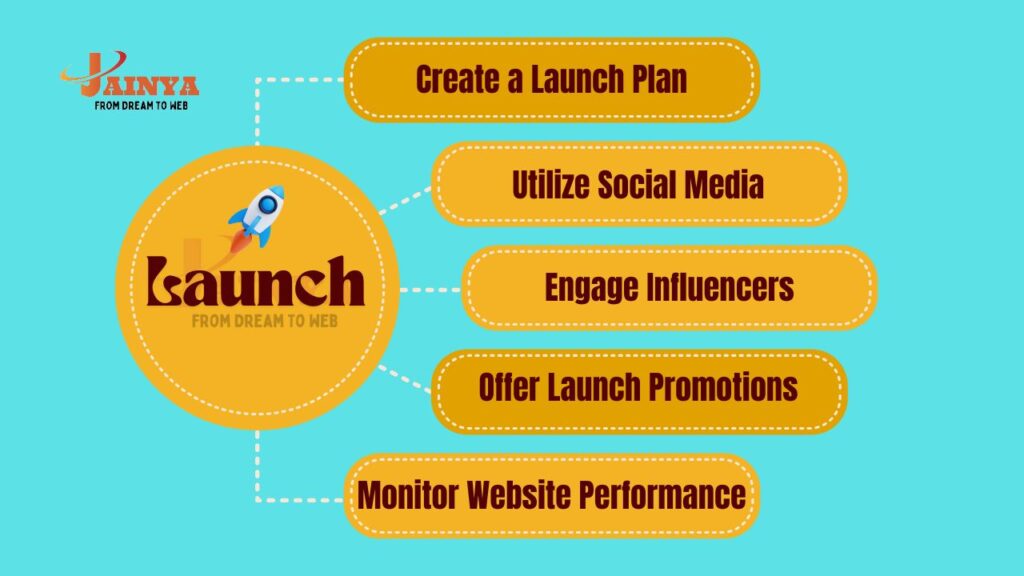
The moment you’ve been working toward is here – launching your ecommerce business! Be sure to have a launch plan that includes social media promotion, influencer marketing, and paid advertisements. This will help drive traffic and ensure your opening is successful. From here, the real work begins, as continuous testing, optimization, and marketing will lead to growth.
Tips for Starting an Ecommerce Business
- Forget About Year-One Profitability
Focus on building a solid foundation and invest in long-term growth. - Know Your Target Audience
Understand who you’re selling to, and craft personalized marketing strategies to attract your ideal customers. - Sell an In-Demand Product
The key to success is a product people want. Research trends to identify gaps in the market. - Experiment with Marketing and Advertising
Try different marketing strategies, test your ad campaigns, and analyze customer responses to improve conversions. - Invest in Outreach and Link Building
Start building your brand authority early by focusing on SEO and link-building strategies to rank higher in search engines.
How Much Does It Cost to Start an Ecommerce Business?
Starting an ecommerce business can be done for as little as $100 if you’re using affordable tools and platforms. While initial costs may vary depending on your business model, understanding the expenses upfront will help you plan better. Consider product costs, marketing, shipping, and website setup as the primary areas where money is spent in the first year.
Conclusion
Starting your own ecommerce business can be an exciting and profitable venture, especially with the right tools and strategies in place. By following these five steps and continuously learning from your audience and competitors, you’ll be on your way to building a successful online store. Don’t forget to enjoy the process and keep testing new ideas to keep growing your business.

Leave a Comment